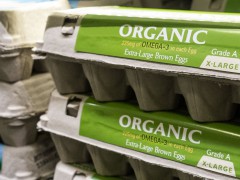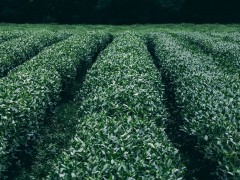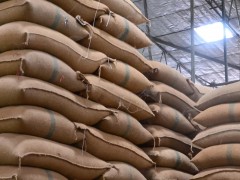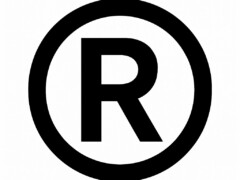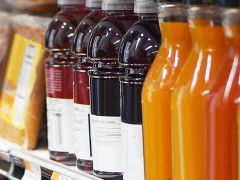Back in February, the Food and Drug Administration released a food safety risk assessment of domestically produced, soft ripened cheeses. This category of cheeses consists of a wide variety of those produced by artisans and farmstead producers across the United States. This category also contains several raw milk cheeses, the production of which drew particular scrutiny in the FDA’s Risk Assessment.
Though it has not been overtly stated that this Risk Assessment lays the groundwork for more stringent regulation of soft-ripened cheeses, that seems like a logical next-step for the FDA.
The American Cheese Society is the industry group representing cheese producers in the United States. We’ve had the pleasure of working with its Academic and Regulatory Affairs Committee to submit a response to the Risk Assessment, which you can read in its entirety here. ACS has taken the (justifiable) position that the Risk Assessment exaggerates the dangers posed to human health by this category of cheeses. As the ACS response states:
We are concerned that the conclusions and take-away messages from the risk assessment may be based on an incomplete data set and thus may not be wholly accurate. First, the report suggests to consumers and regulators that soft-ripened cheeses carry a high risk of contamination with Listeria monocytogenes; when in fact, the evidence and history suggest that the risks are low from such cheeses made in compliance with current regulations. Second, as reflected in media coverage, the report suggests that soft-ripened cheeses made from unpasteurized milk are significantly more risky than those made from pasteurized milk; when in fact, the analysis indicates that at least one strategy considered in the report can reduce risk in raw milk products below that of pasteurized products.
The ACS response then goes on to draw attention to the specific shrotcomings of the Risk Assessment, such as its failure to analyze the simple preventative measures that can increase food safety without detracting from the character or production efficiency of cheese, the Assessment’s data set which drew from commodity milk suppliers and not small-scale producers, the Assessment’s reliance on data gathered from foreign producers, and so much more. Read the whole Response.
You might also want to check out an excellent piece on the Risk Assessment by our favorite writer, Clare Leschin-Hoar, written late last week.
If you are in the cheese business, or if you are just really passionate about your local cheese producers, this Risk Assessment concerns you. You need to do a few things immediately:
- Read the FDA’s Risk Assessment for yourself;
- Read the ACS Response to the Risk Assessment;
- Head to the Federal Register at federal register.gov and search for Docket Number FDA-2012-N-1182;
- Click on “Comment Now” and tell the FDA what you think about the Risk Assessment, your emphasis on food safety during production, and how the Risk Assessment might affect your farm or your business
The Risk Assessment has been published for public review. Please feel free to submit your comments to the FDA and the Risk Assessment. FDA actually listens to these things if the submissions are intelligent and well-conceived, so you actually can affect the process of rule-making by going through these steps. This is how food laws are made.
The deadline for submission is Monday, April 29, 2013.





